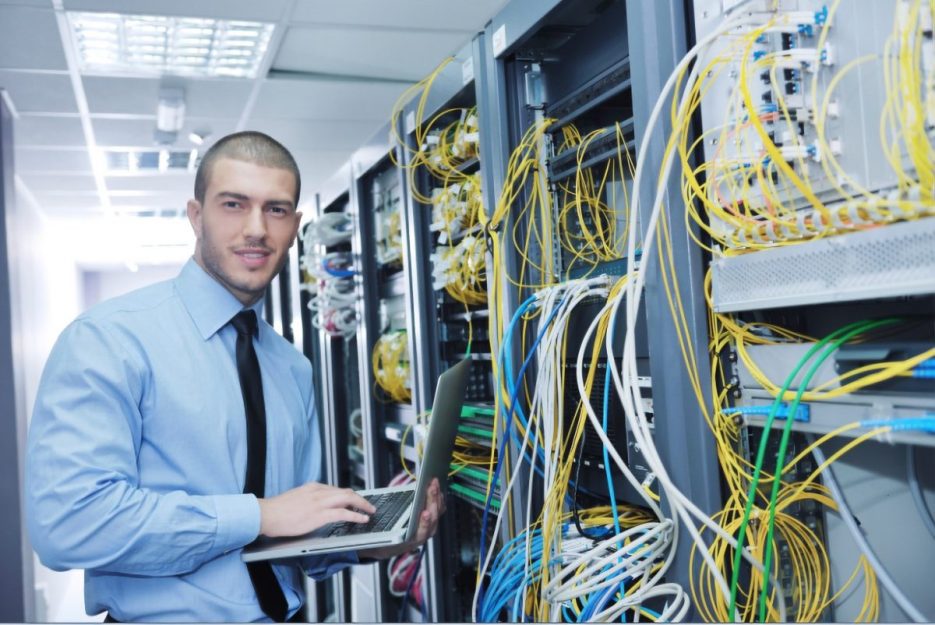Language Barrier: Myth or Reality?: Exploring the proficiency of Indian programmers in English and how it affects communication in projects

The global IT landscape is a melting pot of talent, with countries like India emerging as significant contributors. Phrases like “Indian programmers for hire” and “Hire programmers India” have become commonplace in the hiring realm. Yet, a lingering question is the proficiency of Indian programmers in English. Is this so-called language barrier genuine, or is it a mere myth?

Historical Overview: The Roots of English in India
India’s tryst with the English language is a tale intertwined with history, colonization, and evolution. To truly appreciate the depth of this relationship, one needs to journey back in time, revisiting the corridors of history. For nearly two centuries, the British Empire dominated the Indian subcontinent. This extended colonization period witnessed the gradual infusion of English into India’s socio-cultural fabric. The language that was initially perceived as foreign gradually found its footing, not just in the courts and administrative offices but also in literature, education, and daily discourse.
Post-independence, when India embarked on its journey as a sovereign nation, there was a conscious decision to retain English as one of the official languages. This decision was rooted in pragmatism. English, by then, had become a lingua franca for a diverse nation with a multitude of languages. It bridged linguistic gaps, offering a unified mode of communication in a country characterized by its vast linguistic diversity.
Education and English: Building Foundations
- The Primacy of English in Schools: English’s prominence isn’t a recent phenomenon in India. Right from primary education, many schools, especially in urban areas, have adopted English as the chief medium of instruction. This early immersion ensures that by the time students reach higher education, they have achieved a commendable proficiency level. It’s no surprise that Indian programmers, many of whom start coding during their school days, are well-versed in English.
- Competitive Exams and the Emphasis on English: In India, the path to prestigious colleges often lies through rigorous competitive exams. These exams, which determine the academic trajectory for many, are predominantly conducted in English. Such a system further reinforces the language’s importance, pushing students to hone their linguistic skills.
- The Digital Age and Global Exposure: The internet revolution has made the world a global village. Indian students today have unprecedented access to global content. From online courses at Ivy League universities to technical workshops and seminars, a significant chunk of accessible content is in English. This digital exposure plays a pivotal role in enhancing linguistic proficiency.
India’s IT Ascendancy: A Tale of Growth and Globalization
The closing decades of the 20th century were transformative for India. The nation, which had primarily been agrarian, began its metamorphosis into a global IT powerhouse.
- Arrival of the Tech Titans: The IT boom attracted global giants, with companies like Microsoft, Google, and IBM establishing significant operations in India. Cities like Bangalore and Hyderabad morphed into tech hubs, often dubbed India’s Silicon Valley. These global companies brought with them a culture of English communication, further entrenching its importance.
- Training for the Global Stage: With the IT sector’s explosive growth, there was a realization that soft skills, especially communication, were as crucial as technical prowess. IT firms invested heavily in training programs, emphasizing English communication, client interaction, and cultural sensitization.
- Outsourcing and the Demand for Proficiency: The BPO and KPO sectors’ rise was another testament to India’s English proficiency. Serving clients from English-speaking nations necessitated employees who were not just technically competent but also linguistically adept.
Decoding the Perception of the Language Barrier
The phrase “hire programmers from India” often comes with an unsaid caveat – the fear of a language barrier. But how much of this is grounded in reality?
- Distinguishing Accent from Ability: Yes, Indian programmers might have a distinct accent, a reflection of the country’s rich linguistic tapestry. However, an accent is merely a mode of pronunciation, not a measure of proficiency. The essence lies in the content, not the accent.
- Technical Language: The Universal Code: In the tech world, languages like Java, Python, or C++ transcend geographical boundaries. Similarly, technical terminologies remain consistent across borders. Indian programmers, with their strong educational foundation, are adept at navigating this universal technical language.
- Institutionalized Language Training: Recognizing the need for seamless global communication, many Indian IT firms have institutionalized language training. These programs, often extensive, focus on accent neutralization, enhancing vocabulary, and improving interactive skills.
Beyond Language: Understanding the Broader Challenges
Language, or the perception of its barrier, is just one piece of the puzzle. Global collaborations come with their unique set of challenges.
- Navigating Time Zones: Collaborating across continents means juggling multiple time zones. While this can pose logistical challenges, it’s a logistical aspect, not a linguistic one.
- Decoding Cultural Subtleties: Every nation, every organization, has its unique work culture. Successful collaboration hinges on understanding these nuances, from work ethics to hierarchical dynamics.
- The Feedback Imperative: Transparent, timely feedback is the cornerstone of any successful project. Establishing robust feedback mechanisms, characterized by open communication and regular check-ins, can preempt potential misunderstandings.
Conclusion
The narrative surrounding “Indian programmers for hire” or “Hire programmers India” needs a relook. The focus should not just be on cost-effectiveness but on the talent and proficiency that Indian programmers bring to the table. The perceived language barrier, when examined closely, fades into insignificance against the backdrop of their skills, training, and adaptability. The key to successful collaboration lies in understanding, open communication, and mutual respect.




